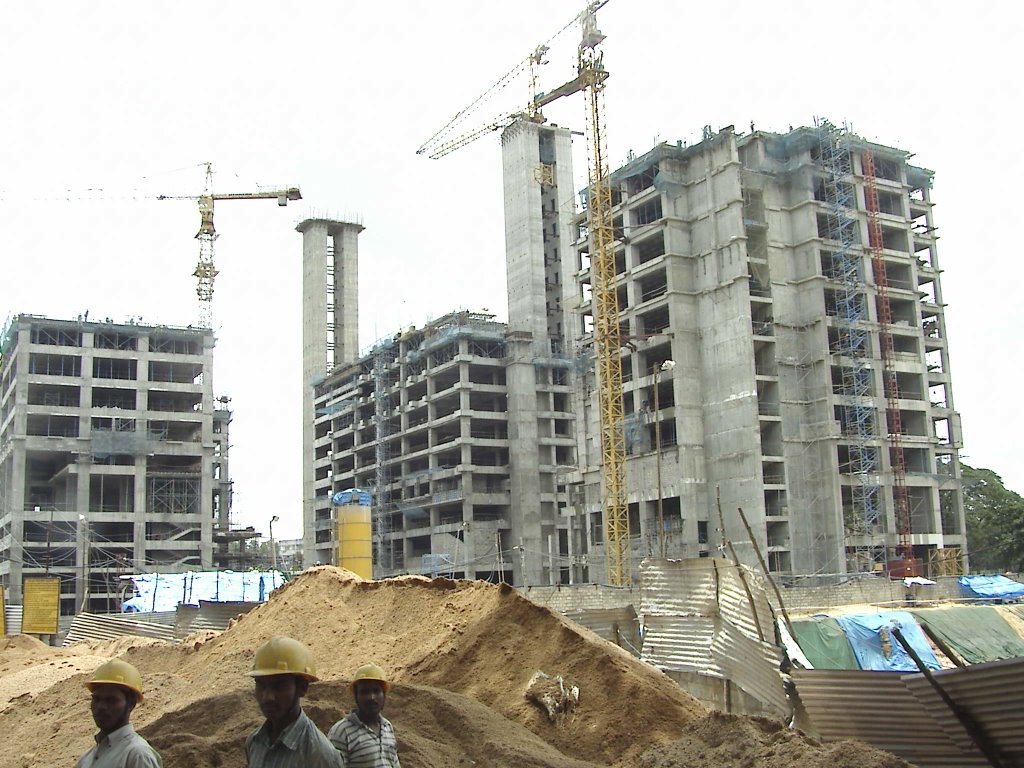
On June 11, 2017, Devendra Fadnavis, the chief minister of Maharasthra, decided to follow his Uttar Pradesh counterpart, Yogi Adityanath, in waiving-off loans to farmers in Maharashtra. The loans of small and marginal farmers have been waived off with immediate effect.
As far as other farmers are concerned, a committee has been set up to decide on a criteria for a further waive off. Initial estimates being made in the media suggest that this loan waiver will cost the Maharashtra government anywhere between Rs 25,000 crore to Rs 30,000 crore.
The union finance minister Arun Jaitley has refused to finance farm loan waive offs of the state governments. Given this, the government of Maharashtra will have to finance this waive off on its own, in order to repay the banks which have given these loans.
How will this impact the finances of the government of Maharashtra? In 2017-2018, the government of Maharashtra was expected to run a fiscal deficit of Rs 37,789 crore or 1.53 per cent of the GDP. Fiscal deficit is the difference between what a government earns and what it spends. (The source of all the numbers reflecting the financials of the Maharashtra government is http://www.prsindia.org/uploads/media/State%20Budget%202017-18/Maharashtra%20Budget%20Analysis%202017-18.pdf)
The loan waive offs to the farmers is expected to cost the farmers Rs 25,000 crore to Rs 30,000 crore. The state will have to finance this through borrowing more and this will add to the fiscal deficit of the state. At the upper level of Rs 30,000 crore, this would mean that the fiscal deficit would jump to Rs 67,789 crore or 2.74 per cent of the state gross domestic product (GDP), if everything else remains the same.
Even with the farm loan waiver the state’s fiscal deficit will be well within the 3 per cent limit that had been prescribed by the 14th Finance Commission. Having said that this borrowing will not do any good to the overall borrowings of Maharashtra.
In 2017-2018, the total debt of the government of Maharashtra is expected to be a little over Rs 4.13 lakh crore. The farm loan waiver will add another Rs 30,000 crore to this. In absolute terms, Maharashtra is the most indebted among all states in the country.
Though when expressed as a percentage of the state’s GDP, this comes to around 18 per cent of the state’s GDP, which is not very high in comparison to other states.
While the finance minister Arun Jaitley has stayed away from financing the farm loan waive offs of state governments, the question is does it really matter? The central government actually guarantees the debt taken on by the state government. Hence, in effect, the borrowings of the state governments are also effectively liabilities of the central government.
The only thing that Jaitley’s stance does is that it keeps the fiscal deficit of the central government under control. But the overall fiscal deficit of the central government and the state governments does go up, and that is the figure that matters.
The overall fiscal deficit of states has been a reason for worry in the recent past. In 2013-2014, the overall fiscal deficit of the state governments stood at 2.2 per cent of the GDP. This jumped to 3.6 per cent of the GDP in 2015-2016 before falling to 2.9 per cent of the GDP in 2016-2017.
With states like Maharashtra and Uttar Pradesh before it, waiving off loans to farmers, the overall fiscal deficit of the states, will go up again in 2017-2018. More states are expected to follow suit. Demands are already being made in states like Punjab and Tamil Nadu for farm loan waivers. Given that several states have already waived off loans to farmers, other states will find it difficult not to waive off loans, as and when the demands start coming in.
This will push up the overall fiscal deficit of the nation.
When governments borrow more, they crowd out private borrowing and in the process, push up interest rates. While, the likelihood of something like this happening immediately are low because the growth in private borrowing remains slow. But as and when the economy picks up, there will be a problem.
Also, newsreports suggest that farmers have now started defaulting on their loans in expectation of the government of the state that they live in, waiving off their loan. In economics, this is termed as a moral hazard.
The economist and former Vice-Chairman of the Federal Reserve of the United States, Alan Blinder, writing in After the Music Stopped, says that “the central idea behind moral hazard is that people who are well insured against some risk are less likely to take pains (and incur costs) to avoid it”. In this context, it means farmers defaulting on their loans in expectation of them being waived off. It also leads to a deterioration in the credit culture, with farmers being expected their debts to be waived off even in the future.
Also, waive offs do not solve any of the structural problems of Indian agriculture. The biggest problem of Indian agriculture is that it employs many more people than it should. Agriculture employs close to half of India’s workforce and contributes around 14 per cent of the GDP. Clearly, people need to be moved away from agriculture. But for that low-skill jobs need to be created elsewhere, which is not happening.
Further, the average plot size on which agriculture is carried out over the years, has fallen dramatically over the years, making agriculture unviable in many cases. But it’s not easy to buy or sell agri land, given the change in land usage norms, or even otherwise. This makes it difficult for farmers to unlock some value of their land and raise the capital for doing something else.
Also, it does not help that infrastructure to sell and store agriculture produce in the country remains pathetic. Take the case of pulses. 2016-2017 was a year of bumper production in pulses, with the production going up by more than 35 per cent. But with very little storage facilities, farmers have had to make distress sales and the price of pulses has fallen by 19.5 per cent in May 2017, in comparison to the same period last year.
Unless, these wrongs are set right, waive offs of loans to farmers are only going to offer temporary relief to the farmers, and things will be soon back to as they were earlier.
The column appeared in www.business-standard.com on June 14, 2017



